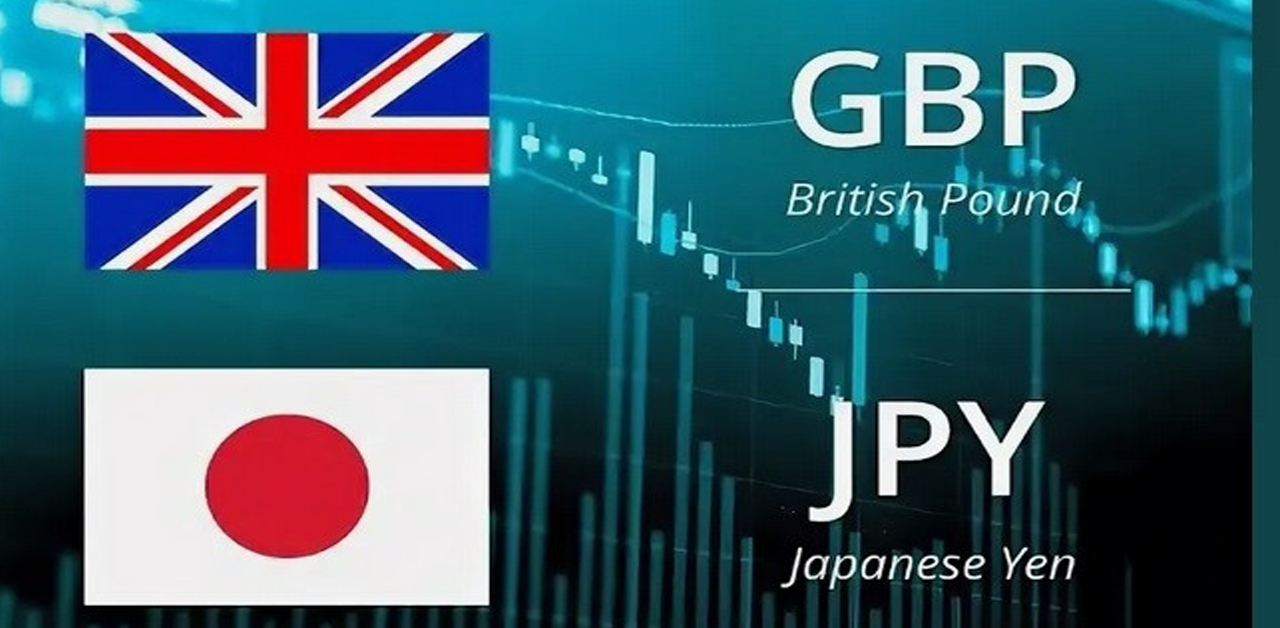Japanese Currency Gains Strength Amid Speculation of Upcoming Changes in Bank of Japan’s Policy Approach
The Japanese Yen (JPY) has recently exhibited a notable shift in its value, influenced by a combination of domestic economic data and international monetary speculations. During the Asian trading session on Friday, the JPY experienced a slight decline following the release of softer-than-expected domestic core consumer inflation figures. Despite this initial dip, the currency found support from increasing expectations that the Bank of Japan (BoJ) might soon alter its monetary policy.
For 19 consecutive months, Japan’s headline and core rates of inflation have consistently exceeded the BoJ’s target of 2%. This sustained inflation trend is further bolstered by anticipations of significant salary increases next year, which could foster a more stable and enduring inflationary environment. These factors collectively fortify the market’s belief that the BoJ is poised to terminate its negative interest rate policy, potentially within the first few months of 2024.
In a parallel development, the publication of the au Jibun Bank flash Japan Manufacturing Purchasing Managers’ Index (PMI) painted a less optimistic picture. The index remained in contraction for the sixth consecutive month as of November, signaling ongoing challenges in the manufacturing sector. However, this data did not significantly impact the USD/JPY currency pair, which failed to surpass its weekly high.
On the other side of the Pacific, the US Dollar (USD) saw a modest increase. The release of hawkish minutes from the Federal Open Market Committee (FOMC), along with positive data regarding the US labor market and consumer sentiment, has injected uncertainty into predictions about the Federal Reserve’s next steps. This uncertainty, combined with a noticeable rise in US Treasury bond yields, has rekindled demand for the USD. Consequently, this resurgence in USD demand is providing a counterbalance to the JPY, influencing spot prices.
In summary, the Japanese Yen’s trajectory is being shaped by a complex interplay of domestic inflation trends, expectations of policy shifts by the BoJ, and international monetary dynamics, particularly in relation to the USD. As investors and analysts scrutinize these factors, the currency market remains vigilant, adjusting to the evolving economic landscape both within Japan and globally. The potential shift in BoJ’s policy stance is particularly pivotal, as it signifies a possible end to an era of ultra-loose monetary policy, ushering in a new phase of economic strategy for Japan.











